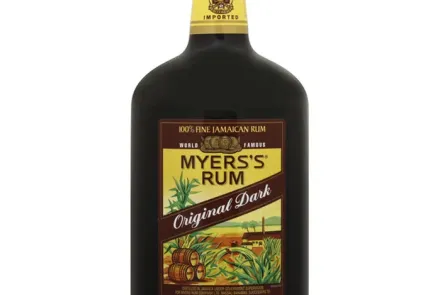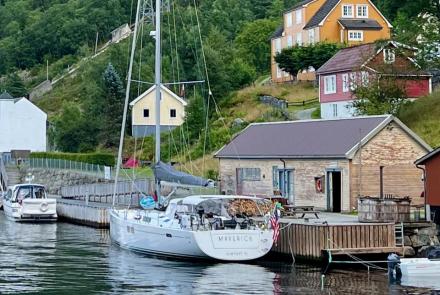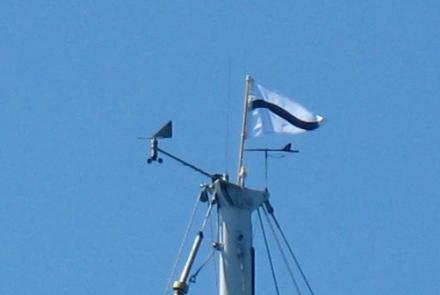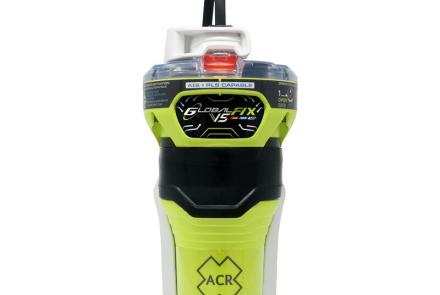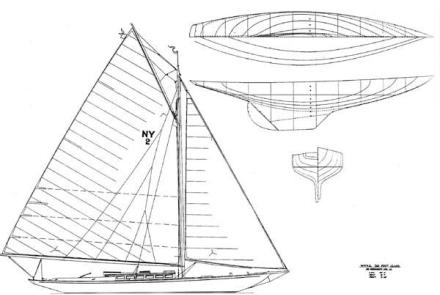How Can I Help? Rendering Assistance
CCA Safety Moment for March 2021
Chuck Hawley, San Francisco Station
As sailors and cruisers, we know we’re obligated under International as well as US law to assist the crews of vessels that are in distress at sea, without putting our own vessel and crew in danger. There’s also that nagging “moral imperative” buried deep inside us that causes us to act on behalf of others. We may not know exactly what to do, but we feel an obligation to do something to lessen the suffering or danger or peril that others face.
This issue came up as a topic during a recent course on crew overboard, since many of the participants taking the course had been in the vicinity of a fatal accident that occurred several years ago. What, they asked, could they have done to assist in the emergency? I also put this question to four CCA members who have extensive experience including aiding other vessels. Here’s a summary of their points:
- Each rescue is different; it’s very difficult to generalize. Having your own boat in excellent shape is the first requirement: clear decks, sails down, engine on, life jackets on, radio operator assigned, etc.
- Rescuers who are racing need to stop racing (after documenting the time and place of the decision).
- Getting close to another vessel at sea, especially one that is not under way, can be very dangerous. The two boats can tangle their masts and rigging, trailing lines can foul propellers, and the boats can collide. You need a safe way to pass items between vessels.
- Practice some of the skills you’ll need ahead of time. Heaving a line or a throw-rope bag, deploying a Lifesling, heaving to, knowing which halyard is long enough for re-boarding: take half a day and prepare for what you might encounter.
So, back to our premise: what might you do to help a vessel that has lost someone overboard, or has some other emergency situation?
- Make the rescue. If you observe a boat that is obviously having difficulting sailing (sails flapping, repeated gybes or tacks, pandemonium on deck), it could be either sailor-less or have an incompetent or injured crew on board. If you can make contact, do so via VHF or possibly voice. If you can’t, consider making the rescuing the PIW[1], and then see what aid you can give to the other vessel.
- Contact the Coast Guard. Let’s say your doublehanding, and your mate goes overboard. With no VHF in the cockpit, you may have your hands full, and then some, sailing the boat and making the rescue, and have no means to call for help. Other vessels, however, may be able to make a call to the Coast Guard (or possibly an All Ships call to all vessels in the area) to alert them to a potentially dangerous situation.[2]
- Relay messages to the Coast Guard: A variation on calling the Coast Guard on your own is to relay messages from the vessel in distress. Using the Procedure Words “Mayday Relay” will let other stations know that you are not in distress, but are serving as a relay for someone who is.
- You may also want to remember the procedure words “Seelonce Mayday” which has a modest chance of letting other vessels to not interfere with your safety communications, and “Seelonce Feenee” which signifies the end of your use of the channel.
- Coordination with other vessels: Someone has to be in charge. Prior to the arrival of the Coast Guard, that someone may be your vessel and your radio operator. S/he should have pencil and paper to keep track of who is in the vicinity and what they have been assigned to do. One of the best examples of this was when Brian Adams, Safety at Sea moderator, managed over 20 vessels during the rescue of WingNuts and her crew in 2011. The Coast Guard was delayed in getting onsite due to communication issues and difficult weather conditions.
- Assist in the search: There are several search patterns that can be used, depending on the situation. For example, imagine that you find that your mate fell overboard when the boat was powering under autopilot, but you didn’t know when. That’s a different situation, requiring you to retrace your path, compared to if you saw them fall in the water. If you have a known starting point, called a datum, an “expanding square search” is generally called for. Starting from the datum, the searching vessel’s course expands out so that it can be reasonably sure that if the PIW is in your vicinity, you’ll see him or her. It’s worth looking up this method and practicing it with your crew.
- Provide knowledge, skills, gear: Providing information, like how to care for someone showing signs of cold shock, can be a lifesaver. Providing blankets and hot food can help rewarm the PIW as well as the rest of the crew. Whatever you have that the vessel in distress requires, be prepared to offer it.
- Provide a rescue swimmer: Rescue techniques using a rescue swimmer are getting more attention, especially on large vessels crewed by professional sailors. Suffice to say that this requires trained individuals and carries with it a good deal of risk for the rescue swimmer. It’s not recommended for amateurs.
- Stand by. Just being in the vicinity of a vessel in distress can be extremely reassuring. Communicating in a calm voice, with positive helpful suggestions can reduce panic and give the other crew the confidence to continue. The sight of another vessel brings promise that someone cares enough to stand by and they will see you through the problem.
Finally, there’s always that question of whether the situation justifies the use of the word Mayday, or perhaps a Pan-Pan. While there is a distinction, the Coast Guard will ask the radio operator a series of questions to determine the urgency of the situation. Regardless, if you broadcast a Mayday and later resolve the problem, you can cancel a Mayday without penalty. Better to get the message out while you still can and later cancel it, than to lose the ability to call for help.
[1] We’ve struggled with what to call the overboard “victim”. Man Overboard is too gender-specific, Crew Overboard sounds like an attempt to be gender neutral, but PIW or Person In Water sort of says it all.
[2] This is an outstanding reason to have a remote VHF station near the helm, or at the very least, a handheld VHF radio.


